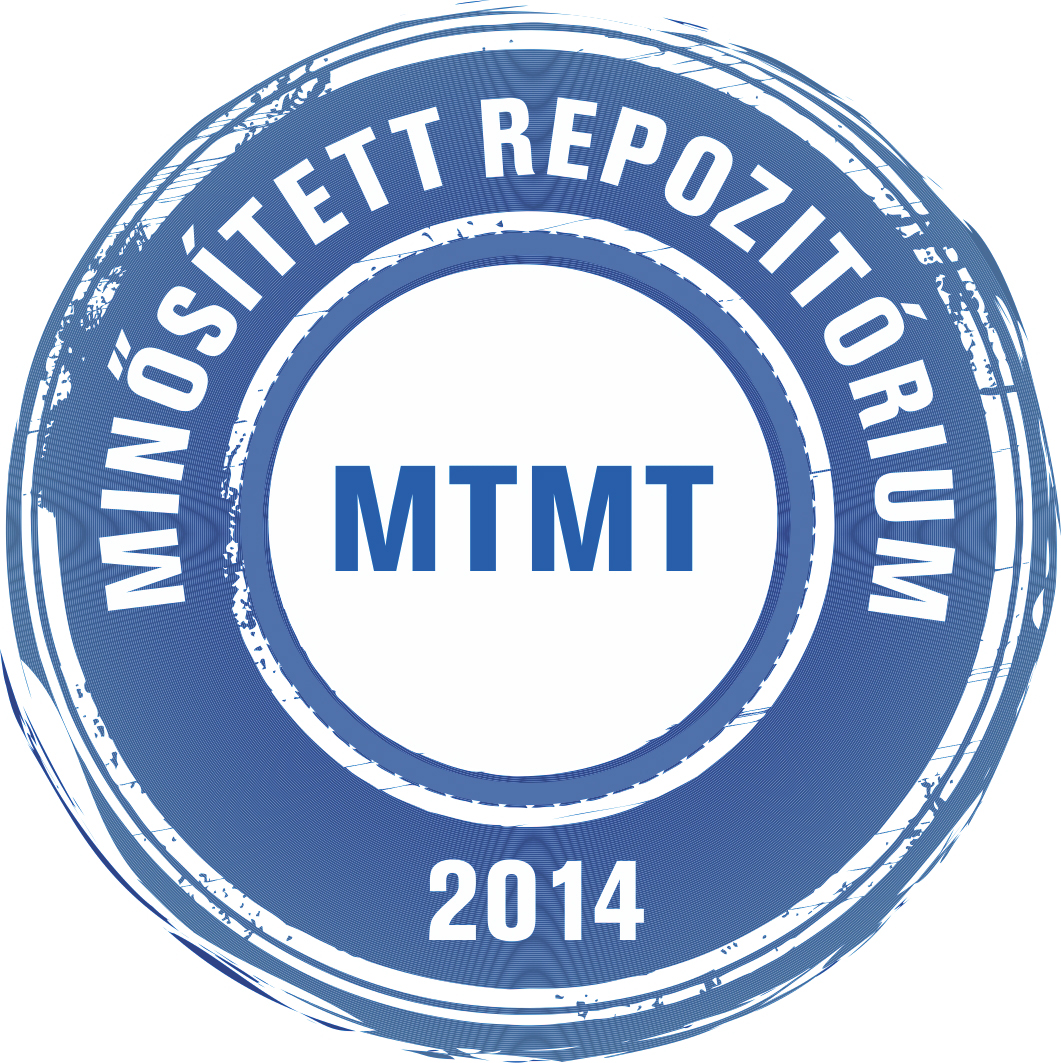Podráczky, Judit és Holló, Katalin és Borbélyová, Diana és Nagyová, Alexandra és Józsa, Krisztián (2024) A Comparative Analysis of Hungarian and Slovakian Preschool Curricula. In: Józsa, Krisztián és Borbélyová, Diana (Szerk.) Diagnostic Assessment of School Readiness. MATE Press, Gödöllő. pp. 31-62. ISBN 978-963-623-085-2 [PDF] 978-963-623-086-9 [Print]
Teljes szövegKJ_DB_book_Ch2.pdf - Publikált változat
Elérhető az alábbin: Szerzői jogi védettség: CC BY-NC-ND 4.0.
Letöltés (982kB) | Előzetes bemutató
| Tétel típusa: | Könyvrészlet |
|---|---|
| Kulcsszavak: | Hungary, Slovakia, Preschool Curricula, DIFER, content analysis |
| Szakterület(ek): | L Oktatás LB Oktatás elmélete és gyakorlata LB1501 Alapfokú oktatás |
| Feltöltő: | Sára G. Szabó |
| Elhelyezés dátuma: | 28 Máj 2024 08:51 |
| Utolsó változtatás: | 29 Máj 2024 09:13 |
| Kivonat, rövid leírás: | The study compares preschool educational programmes in Hungary and Slovakia. Both countries have a national core curriculum for preschool education, which are curriculum frameworks. It means that both countries provide space for a diversity of preschool programmes. However, the Slovakian programme is considerably longer and more detailed than the Hungarian one. The expected learning outcomes and requirements are precisely and thoroughly defined in the Slovakian programme. A comparison of the curricula points out that there seem to be more differences than similarities between them. The two documents show a considerable difference, which may also have implications for the practice of educating and developing preschool children. There is a fundamental difference in thinking about children’s activities (especially their play), the development of skills and abilities, and the transmission of literacy content. Further analysis may help to understand how these differences affect children’s development. |
| Azonosító: | 10.54597/mate.0105 |
| Hivatalos URL: | https://doi.org/10.54597/mate.0105 |
| Kapcsolódó URL: | |
| URI: | https://press.mater.uni-mate.hu/id/eprint/252 |






